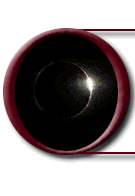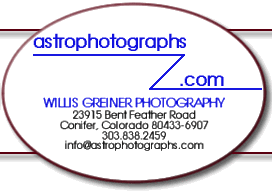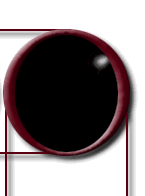 "Hyakutake
I" "Hyakutake
I"
Comet
Hyakutake
3/23/96 from Conifer, CO
5
minute time exposure -- 55mm f/2 on hypered Kodak Technical Pan
film (a type of high contrast, very fine grain copy film). "Hypersensitizing"
the film is a process that makes the film better at retaining
a build-up of image, which is perfect for time exposures of dim
astronomical subjects. These photos, as with all time exposures
of astronomical subjects, often show more than a non-technical
photograph could get. I recommend the black and white TMAX films,
either the ASA 400 or the ASA 3200. For color shots, I prefer
Fuji films of similar speeds. Negative -- as opposed to slide
-- film is commonly believed to be the best for this sort of dim-object
photography.
This photo was taken atop the "driven" (to compensate
for the earth's rotation) Celestron C-8 telescope, NOT through
it. As long as the film and camera are set correctly, the non-technical
types can make this exposure from a typical tripod. The technique
is reviewed more in my Lesson, but essentially
anyone can obtain excellent photos of comets, star fields, etc.,
with "normal" equipment.
An observer could map the comet's path on succeeding nights and
draw its shape and tail. You might want to note that although
the comet moves quickly in celestial terms, it's essentially in
the same position over the length of one observing session, moving
only very little against the background of stars. This comet was
extraordinary because its movement could be detected from the
beginning to the end of the observing session.
Click the image to view a larger version. |
Please call 303.903.9886 to place your order.

All images and
narratives copyright Willis Greiner, all rights reserved.
This Web site
was created and is hosted by Blue
Ray Media.
|
|








|
 |






















